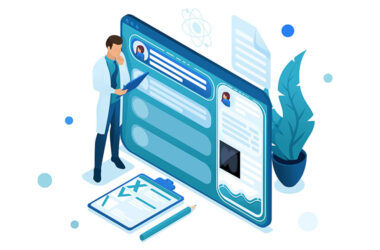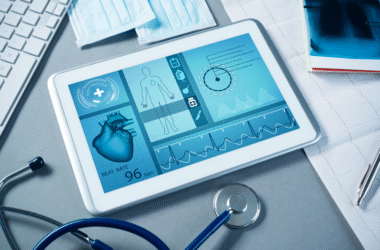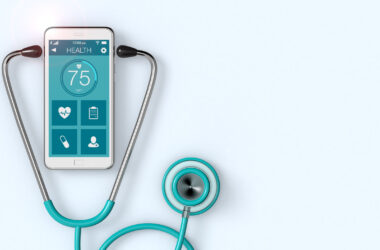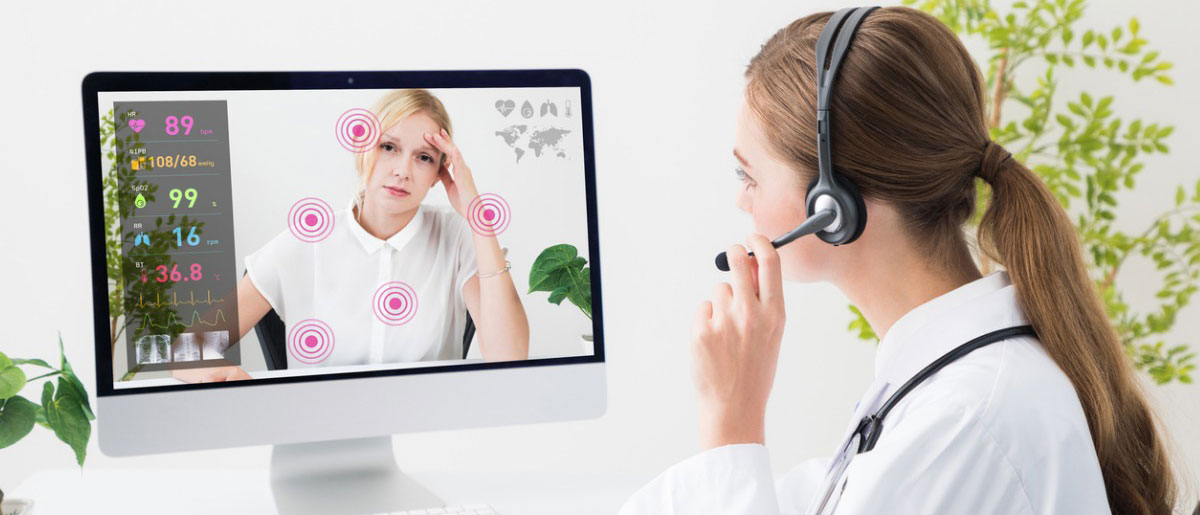Telehealth has changed how people meet doctors. Instead of visiting hospitals, many now speak with doctors on video calls or through apps. This method has made healthcare easier for people who live far from hospitals or need fast advice. But as more people use telehealth, the risk of security problems grows. Patient information can be lost or stolen. Hackers are always looking for weak spots in online systems. So, it is important to talk about the problems in telehealth and how we can fix them.
Why Telehealth Security Is a Big Deal
When people talk to doctors online, they often share very private things. This includes their name, age, medical history, current health issues, and even payment details. All this data is called Protected Health Information, or PHI. If someone steals this information, it can be used to steal the patient’s identity or cheat insurance companies. One report by the U.S. Department of Health and Human Services showed that over 88 million people were affected by healthcare data breaches in 2023 alone. This shows that the problem is serious and getting worse.
Many people think telehealth is always safe, but that is not true. Sometimes doctors or clinics use apps that do not have strong protections. Some apps don’t even use encryption, which means that someone can read or steal messages easily if they know how. There are also problems when staff are not trained to handle data safely or when they use weak passwords.
Common Security Risks in Telehealth
1. Weak or No Encryption
Encryption is what protects your message when you send it online. If a telehealth app or website doesn’t use it, hackers can read your chats, see your health records, or watch your video call. Sadly, some small clinics and older systems still don’t use proper encryption tools.
2. Poor User Authentication
Some apps don’t ask for strong passwords. They may not have two-step checks, which means anyone with a password can log in. A 2023 Ponemon Institute report found that 59 percent of healthcare workers reuse passwords across systems, which makes it easy for hackers to break in.
3. Public Wi-Fi and Home Networks
When patients or doctors use public internet at cafes or hotels, they put their private information at risk. Home Wi-Fi networks are often not safe either. Many people never change their router password, which makes it simple for someone nearby to sneak in.
4. Software Not Updated
Some clinics use old software. This may have bugs or holes that hackers already know about. If updates are skipped, these bugs stay open and easy to attack. According to Health IT Security, 42 percent of healthcare systems were using outdated operating systems in 2022.
5. Insider Threats
Not all data leaks come from outside. Sometimes, workers inside the clinic access data they should not. They may do this by mistake or on purpose. If clinics don’t track who is checking what, they won’t even know someone misused patient records.
How Can These Risks Be Prevented?
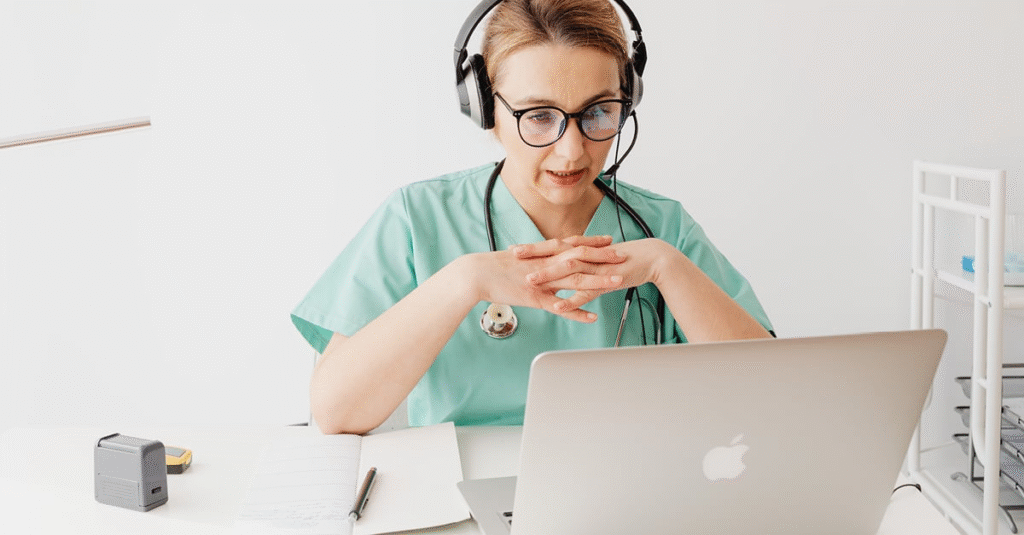
1. Use Strong Encryption
All messages, video calls, and files should be encrypted from start to finish. This means even if a hacker steals the data, they cannot read it. Clinics should use apps that follow HIPAA rules. This law helps keep health data safe.
2. Set Up Two-Factor Checks
All logins should need more than just a password. A second step could be a code sent to your phone or a fingerprint scan. This makes it much harder for someone to break in, even if they steal your password.
3. Train Staff Often
Doctors, nurses, and office staff should get regular training. They need to know how to spot fake emails, avoid weak passwords, and follow safety rules. One survey by Proofpoint found that 88 percent of data breaches in healthcare happen because of mistakes made by people, not machines.
4. Keep Systems Updated
Updates fix holes that hackers can use. Clinics should update their apps, devices, and servers as soon as new versions come out. They can also hire IT teams to watch for bugs and fix them fast.
5. Use Secure Internet
Patients and doctors should be told not to use public Wi-Fi for telehealth. If they must, they should use a VPN. A VPN hides your data and keeps it safe from others. At home, people should change their Wi-Fi passwords and use strong ones.
6. Limit Data Access
Not every staff member needs access to every file. Clinics should give staff access only to the data they need. This lowers the chance of misuse. Also, the system should record who opens what file and when. That way, if something bad happens, the clinic can track it.
What Patients Can Do to Stay Safe
Patients can also help protect their data. First, they should only use apps that are known to be safe. These apps often show a badge or notice that they follow HIPAA or other health safety laws. Patients should also avoid sharing health details over normal text or email. These messages are easy to steal.
Using a strong password is also important. It should be long and include letters, numbers, and symbols. Never use the same password for other accounts. If someone breaks one account, they should not get into all your other accounts too.
It also helps to ask the clinic what steps they take to protect patient data. A good clinic will not mind sharing this. If they don’t seem to care about safety, it may be better to go somewhere else.
Telehealth Is Helpful, But Needs Care
Telehealth is not going away. In fact, the number of people using it keeps growing. A report from McKinsey said that 38 percent of patients in the United States used telehealth services in 2023, up from 11 percent in 2019. This shows that people like it and want it. But that also means that keeping patient data safe should be a top job for clinics and health companies.
Both clinics and patients must work together to stop data leaks. The tools are already there. We just have to use them the right way. With better training, stronger tools, and safer habits, telehealth can stay safe for everyone.
Final Words
By taking these steps seriously, the healthcare world can avoid major problems. Privacy matters in every part of life, but in health, it matters even more. So we should not treat it as an afterthought. We should protect it from the start.

